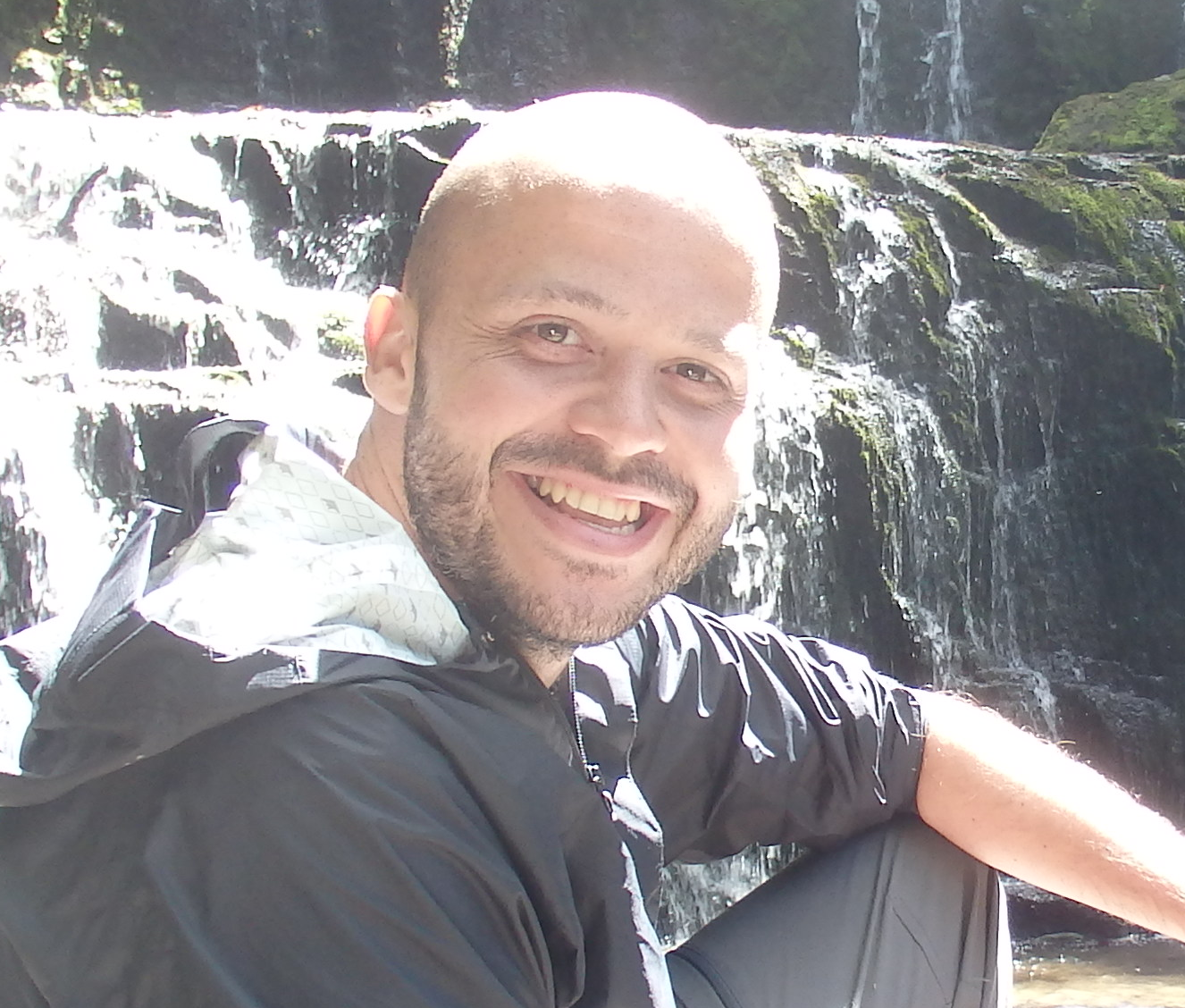SGEXT: Skeletonization and Spatial Graph extractor of images
(Coming soon!)
Characterization of biopolymer networks, or any tubular object from 3D microscopy images.
Filtering: Using the Monogenic Signal from a wavelet pyramid analysis + Riesz transform. This allows the study of the local phase to enhance future segmentation. Implemented and contributed to ITK
Segmentation: Binarization of the filtered image using region growth algorithm.
Skeletonization: Transform binary mask into a thin (one pixel wide) representation (skeleton) using state of the art algorithms. Implemented and contributed to DGtal
Graph creation: Transform skeleton into a graph with nodes and edges, conserving as much as possible information from original image.
Graph analysis: Save the graph, and plug it into existing complex network libraries (igraph, boost::graph, xnetwork) for further analysis.
Reconstruct network from graph statistics: Use basic network statistical distributions, for example degree, end-to-end length, and angle to reconstruct in-silico networks.
The idea is to generate a database of curated networks from different biopolymers, with original samples preparation, image acquisition method, original image, generated graph from this toolbox, and a rich statistical distribution analysis of the graph.
Also plug these networks in dynamic and static mechanical simulations that you have (and if you feel like it, contribute back the results and they will be added to database for others to use)
Idea: Use OpenAIRE, to store, and annotate the data.
